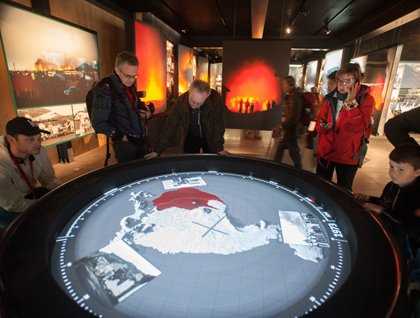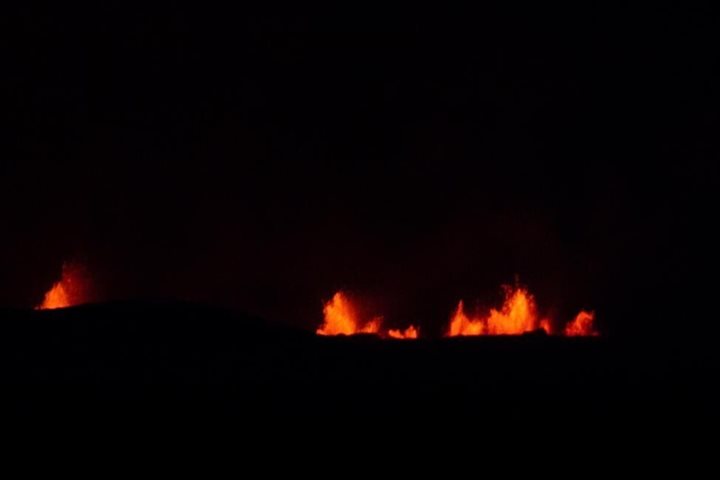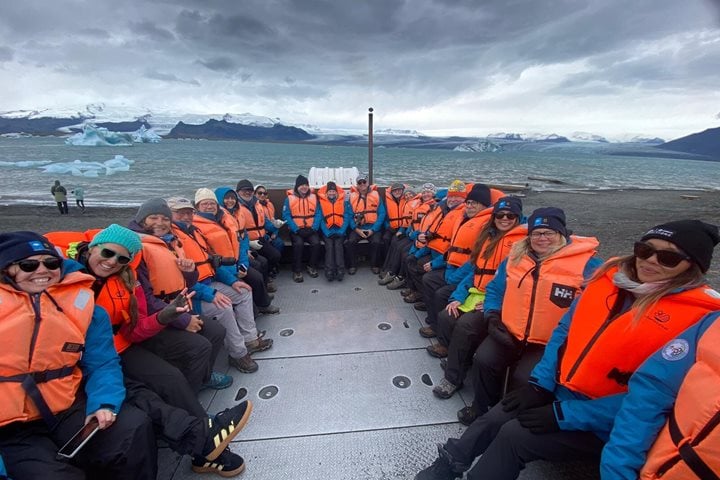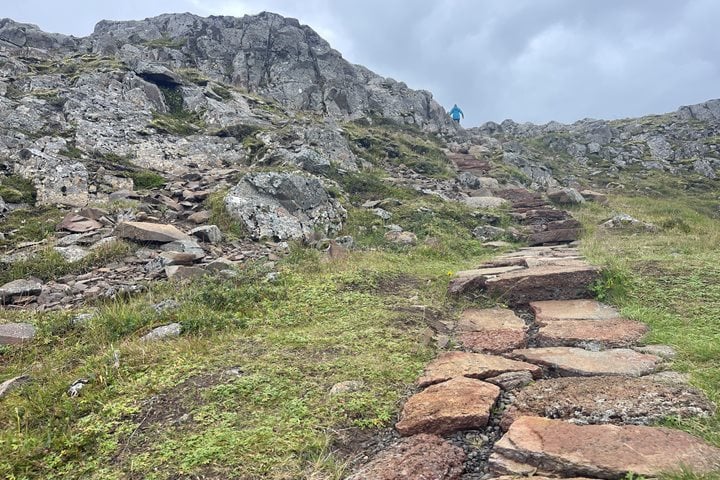There are not many countries in Europe where academics can debate the country’s origin to within a few years of a given date. But this is Iceland, a country first settled at the close of the first millennium from Norway which has a rich written record in the sagas of its early settlement. Late origins and a remote, isolated location have given Iceland a homogenous population that has proved particularly attractive to researchers of the human genome, the so-called “Viking gene” showing up here in good measure.
There is one other element in the DNA make-up of Iceland that has attracted attention, however, and that is the rich vein of Irish blood that would appear to course through Icelandic veins. This comes from two sources. That Irish monks may have reached Iceland we know from such sources as the Navigatio Brendansis and the writing of monks like Dicuil. But although strict celibacy was not a feature of the Celtic church it would be surprising if so small band of Irish monks had contributed so significantly to the Icelandic gene pool. The major source appears to have been slaves from Britain and Ireland brought to Iceland by Viking traders and it was these “Westmen” who gave their name to our principal destination for today.
Recent vulcanism provided the main interest for the day. In the early hours of January 23, 1973, the eastern slope of Hegafell exploded and over the next five months some 30 million tons of lava and tephra were exuded, increasing the size of the Heimaey by fifteen percent. Luckily the fishing fleet was in port and a mass evacuation of the village was effected. It is now possible to view the roofs of homes almost buried by the volcanic material and the entrance to the harbor is dramatically constricted as those present on the bridge for our arrival and departure noted. The eruption lasted a full five months, with no loss of life. Our afternoon tour of the town was a sobering one and the newly-opened Volcano Museum provided a fascinating insight into this remarkable episode in the recent history of Iceland history.
On our morning approach to Vestmannaeyjar, we circumnavigated the island of Surtsey (which means “Black Isle”) that arose from the depths of the ocean as recently as1967. It has been a protected island ever since, a centre of research by the scientific community investigating the progressive colonization of the island by flora and fauna.
A fascinating end to an eventful circumnavigation of Iceland, with many stories and images shared at the captain’s farewell dinner…. and beyond.










